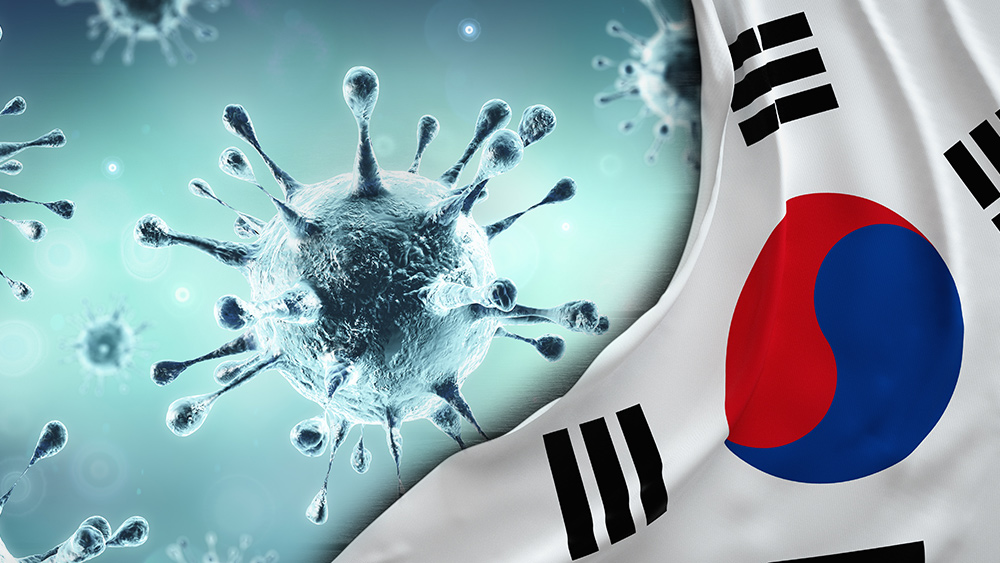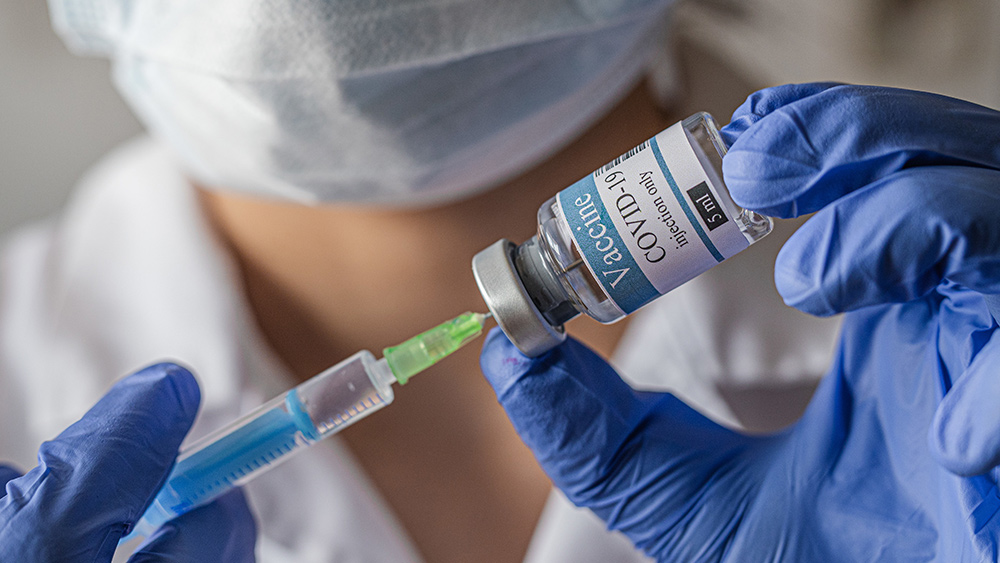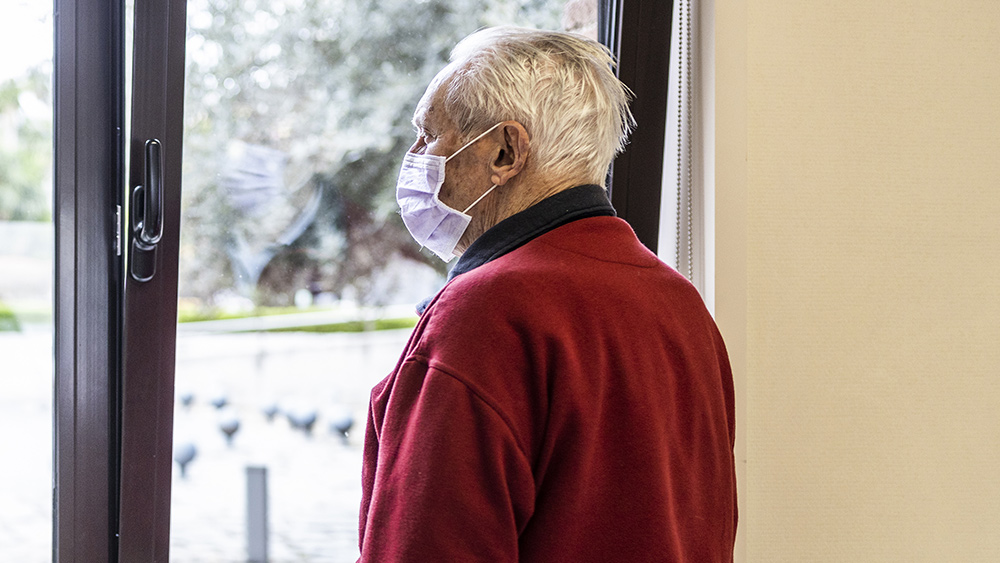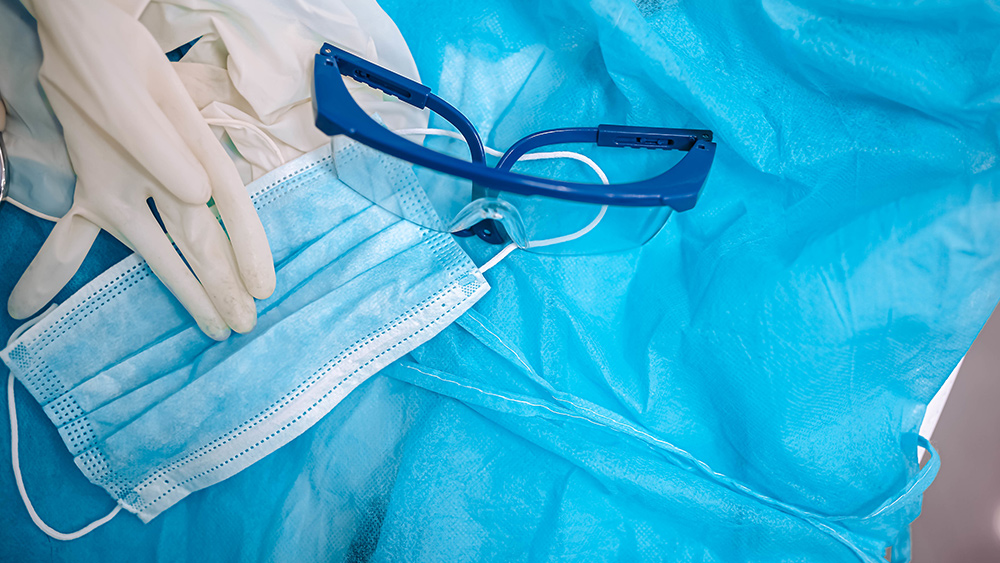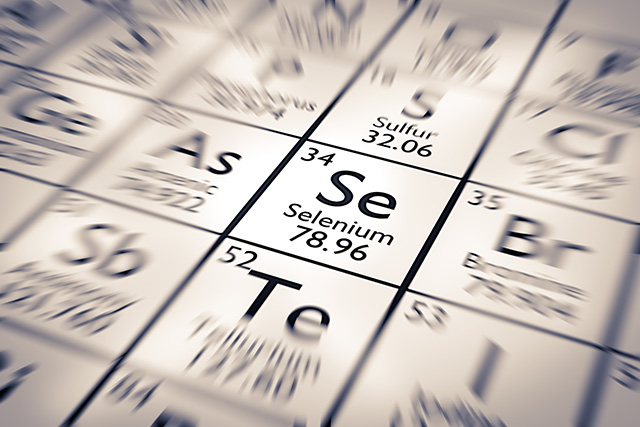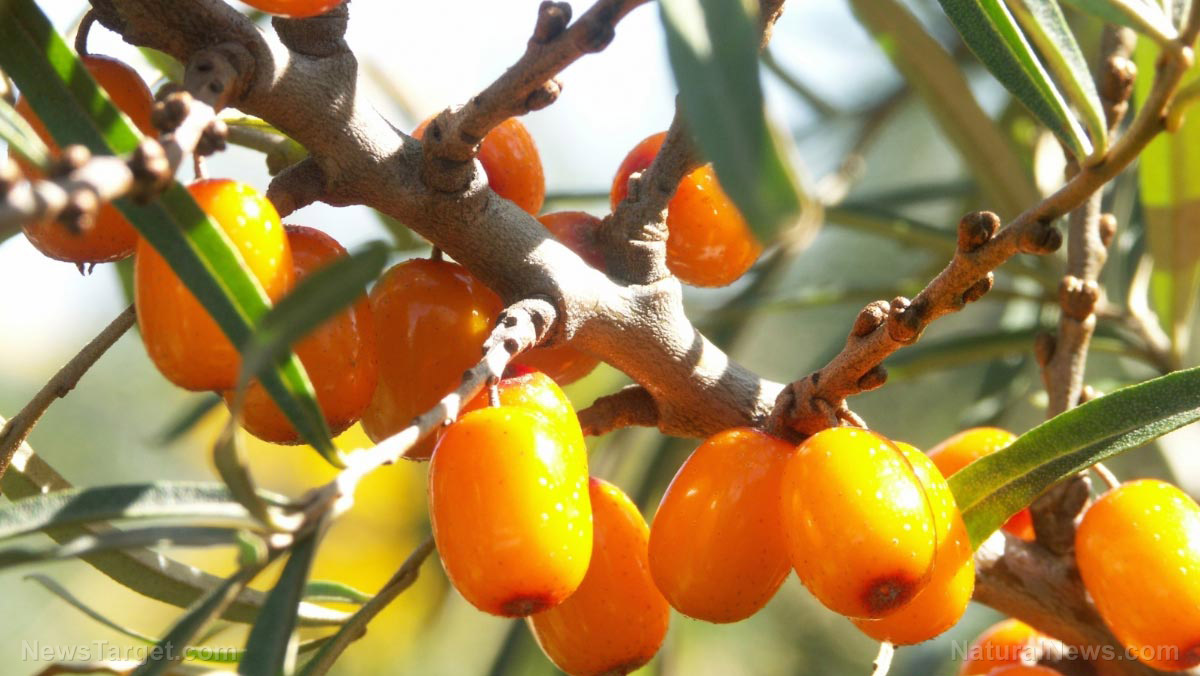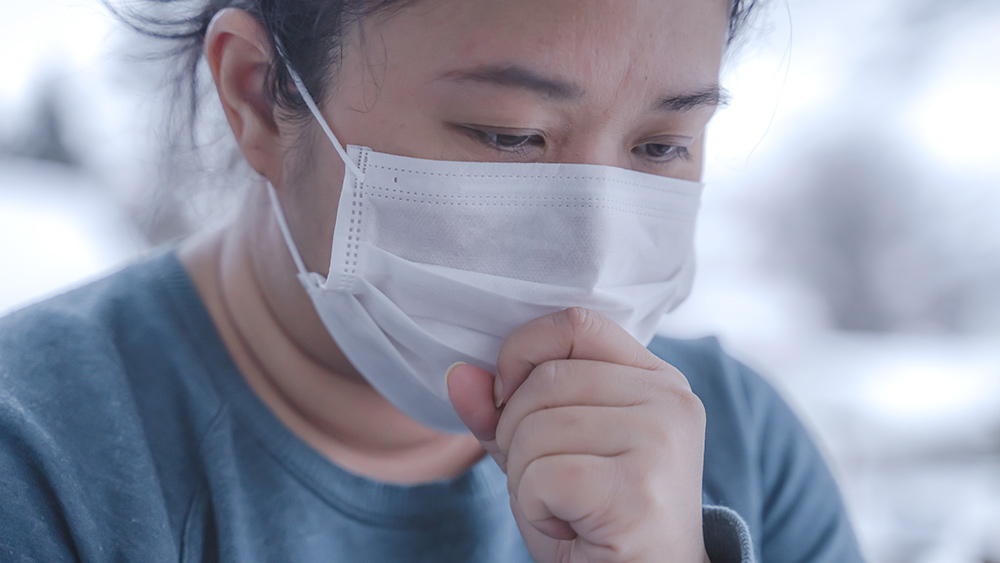Qiang gan extract alleviates symptoms of nonalcoholic steatohepatitis
04/29/2020 / By Evangelyn Rodriguez

Researchers at Shanghai University of Traditional Chinese Medicine constructed competing endogenous RNA (ceRNA) networks to shed light on potential biomarkers and drug targets of non-alcoholic steatohepatitis (NASH), as well as the mechanism of action of qiang gan against NASH. Their study was published in the journal BMC Complementary and Alternative Medicine.
- Thirty-six C57BL/6 mice were randomly divided into three groups:
- Group I, which received normal chow
- Group II, which was put on a methionine-and-choline-deficient diet (MCD)
- Group III, which received 0.4 g/kg qiang gan extract (QG) daily with MCD
- The researchers then evaluated the efficacy of QG biochemically and histologically.
- They used microarray and RT-qPCR to examine the expression profiles of messenger ribonucleic acids (mRNAs), long non-coding RNAs (lncRNAs) and circular RNAs (circRNAs).
- The researchers reported that QG significantly improved the phenotypic characteristics of NASH, decreasing serum alanine aminotransferase (ALT), aspartate aminotransferase (AST), alkaline phosphatase (ALP) and lactate dehydrogenase (LDH) levels, as well as liver inflammatory cytokines.
- Between groups I and II, 6,193 mRNAs, 5,692 lncRNAs and 4,843 circRNAs were identified as differentially expressed.
- Meanwhile, 514 mRNAs, 1,182 lncRNAs and 443 circRNAs were found to be differentially expressed between groups II and III.
- Further analysis revealed that most of the overlapping mRNAs from the three groups were related to the following immune functions:
- Natural-killer-cell-mediated cytotoxicity
- Intestinal immune network for IgA production
- T cell receptor signaling pathway
- Using pathway interactions, protein-protein interactions and molecular complex detection (MCODE) analysis, the researchers identified numerous immune-related hub genes, such as natural cytotoxicity triggering receptor 1 (Ncr1), C-X-C motif chemokine ligand 9 (Cxcl9), Klra1 and Cd28.
- Cytoscape allowed them to construct ceRNA networks, which involved two lncRNAs (Sngh1 and Slc36a3os), four circRNAs and several immune-related mRNAs (Cd28, Cd8a, Il15, and Klrk1).
Based on these findings, the researchers concluded that QG likely targets lncRNA- and circRNA-associated immune ceRNA networks to alleviate NASH.
Read the full study at this link.
Journal Reference:
Zhu M, Li M, Zhou W, Yang Y, Li F, Zhang L, Ji G. QIANGGAN EXTRACT IMPROVED NONALCOHOLIC STEATOHEPATITIS BY MODULATING LNCRNA/CIRCRNA IMMUNE CERNA NETWORKS. BMC Complementary and Alternative Medicine. 03 July 2019;19(1). DOI: 10.1186/s12906-019-2577-6
Tagged Under: alternative medicine, Chinese medicine, disease treatments, herbal medicine, Herbs, liver damage, liver health, NASH, natural cures, natural medicine, non-alcoholic steatohepatitis, qiang gan, research, TCM

